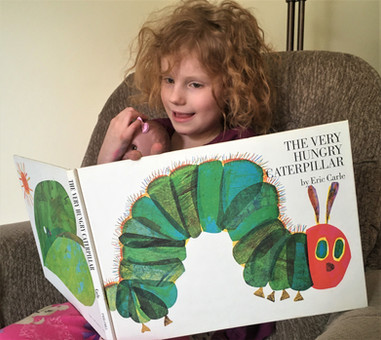Jennifer Sistrunk Graphic Designer
South Haven, Michigan
Website: jennifersistrunk.com

Artist Bio
I am a long-time resident of the beautiful town of South Haven, Michigan. After graduating from South Haven High School in 2004 with 4 years of high school art instruction, I directly began studying fine arts and graphic design at Lake Michigan College. Later, I continued to study communication design at Harrington College of Design in Chicago, Illinois. I am currently the in-house graphic designer for the South Haven/Van Buren County Convention and Visitors Bureau. I feel truly fortunate to work closely with leaders in my community sharing the beauty of our town and surrounding area.

Artist Statement
I am very inspired by my hometown. It really is beautiful here, not just the landscape but the people too. People and sunsets of all colors. Maybe that is why I use such an eclectic color pallet in most of my designs. The colors are sort of just all over the place! I never really noticed it, until a handful of people pointed out how they could recognize by design style. A senior designer once told me, “This book breaks all the rules of design, but somehow it works perfectly!” I took that as a compliment.

Favorite Art Tool
My favorite tool is simply a sketchbook. All my ideas begin there. Much of my work is created digitally, but it always starts with scribbles and notes in my sketchbook. They go everywhere with me and I’ve kept every one I’ve ever owned. They are like tiny little time capsules filled with my thoughts and creativity.

Also, my largest project of the year is the "South Haven Destination Guide". The most recent hard copies can be picked up at the South Haven Visitors Bureau.
jennifersistrunk.com is where you can find my portfolio and contact information.
To explore South Haven Color the Town Coloring Pages created by Jennifer, click the link below
Jennifer Sistrunk is a South Haven Center for the Arts Artist Member. As a benefit of this membership level, we are proud to be featuring Artists Members on our blog. If you are an artist member and want to be featured, email us at info@southhavenarts.org. Want to be an artist member? See more information here: https://www.southhavenarts.org/artist-membership


















































